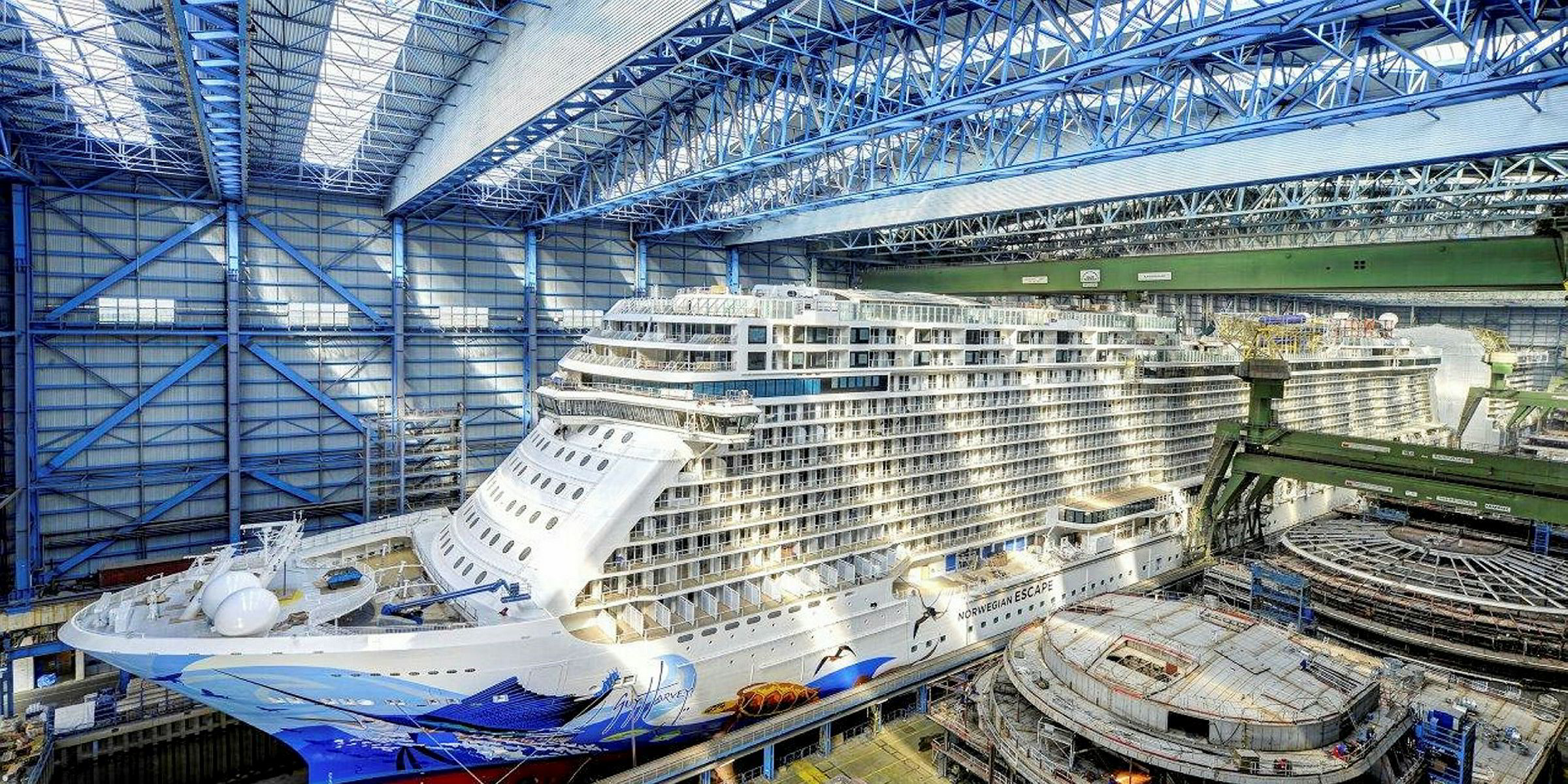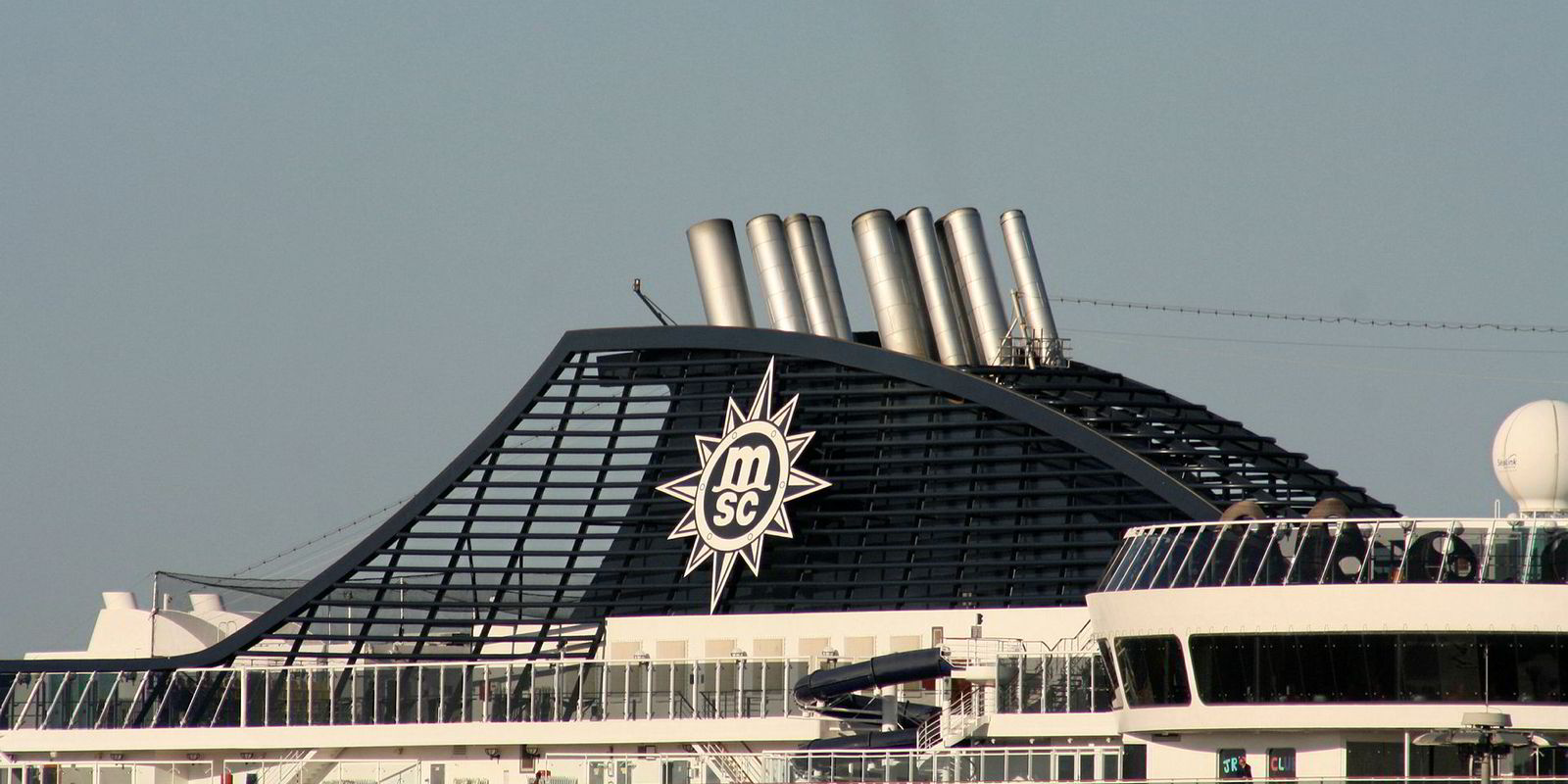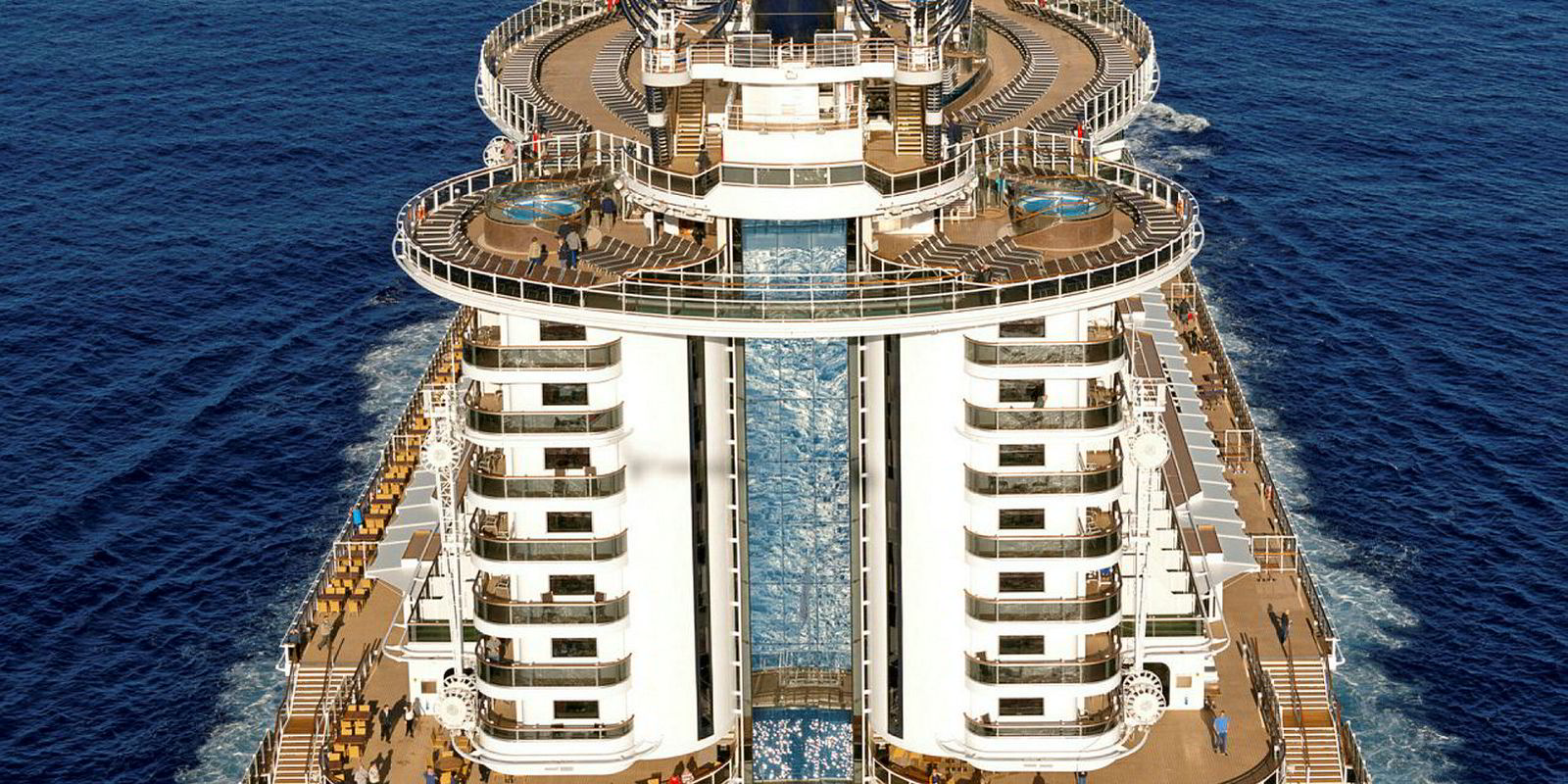The cruiseship orderbook stands at a record of more than 90 ships worth close to $60bn, with additional projects in the pipeline.
Overall totals vary depending on the source. The most expensive are Royal Caribbean International’s 200,000-gt Icon vessels that are costing almost $1.6bn each, although Carnival Corp, MSC Cruises and Star Cruises also have ships on order at $1bn or more apiece.
Apart from SunStone Ships’ four firm expedition vessels at China Merchants Industry Holdings and two Carnival Cruise Line/CIC Capital 133,500-gt newbuildings at Shanghai Waigaoqiao Shipbuilding, other cruiseships have been ordered almost exclusively in Europe.
Even yards less prominent on the cruiseship scene in the past — not only offshore builders — have taken a share of the smaller vessels, partly because the major cruiseship facilities are booked up.
Names such as Croatia’s Brodosplit and Uljanik, which secured an order in February from Scenic Cruises of Australia for a second, 228-passenger-capacity, expedition cruiseship.
Shipbroking sources say it is difficult to predict whether the current record orderbook can be sustained.
“My opinion is that it will cool down a bit,” says broker Arnaud Casalis of BRS in Paris. "The market is going up but these ships are a huge investment.”
Much depends on the Chinese market, which pulled in more than two million passengers in 2016 and, according to the government, is predicted to at least double by the end of the decade.
“The Chinese market is growing but maybe a bit slower than anticipated,” the broker says. "The Chinese government and the provinces, everyone wants to do cruise. Various joint ventures and projects may take time to come to fruition because they are basically starting from scratch.”
On the construction front, Casalis says: "They know how to build ropax ferries but cruiseships are much more difficult.”
Other sources claim that Italy's Fincantieri has to forge ahead with its joint venture newbuilding project in China because main customer Carnival Corp is “pushing them to do that”.
"How enthusiastic Fincantieri is to promote this I don’t know because they would transfer their knowledge and technology and maybe not to their advantage," one cruiseship specialist says. "What is in it for Fincantieri?”
But will European yards continue to dominate cruiseship building?
“Yes, mainly due to supply chain and expertise in the design and construction of this demanding ship type,” says John Hicks, Lloyd’s Register’s global passengership manager.
But Casalis warns that for Chinese companies with cruiseship ambitions, or being encouraged by their local government,“there is a big difference between operating a fleet of bulkers or tankers and operating cruiseships”.
In Europe, some in the industry expect MV Werften to face challenging times. It is building for its parent company — Genting Hong Kong — a range of vessels comprising three 200-passengerships for Crystal Yacht Expedition Cruises, two Global-class 204,000-gt ships for Star Cruises and three 60,000-gt units planned for Crystal Cruises (downsized from 100,000 gt).

“It is always easier to negotiate and haggle with a third party than your own shareholder,” one source says. "But you also have some flexibility, for example asking for more money if you have a problem.”
On the question of cruiseship size, today’s leviathans coming out of the yards are putting pressure on some destinations such as Venice and Barcelona because of the sheer number of passengers disembarking.
But Meyer Werft communications manager Peter Hackmann told TradeWinds in a recent interview that despite those issues, the group’s orderbook has confirmed that demand from owners for big cruiseships remains strong.
Meyer Werft’s largest vessels have always been built at state-of-the-art Papenburg and, despite past issues concerning draught limitations on the Ems river, the current orderbook includes 180,000-gt units for P&O Cruises and AIDA Cruises.
Ships of at least that size, depending on design, can transit the river to the open sea, although 200,000 gt is too large — a problem overcome by the 2014 takeover of what is now Meyer Turku in Finland.
However, Hackmann says that was not the main reason for acquiring Turku. It was a "good opportunity" given its long experience building cruiseships.






